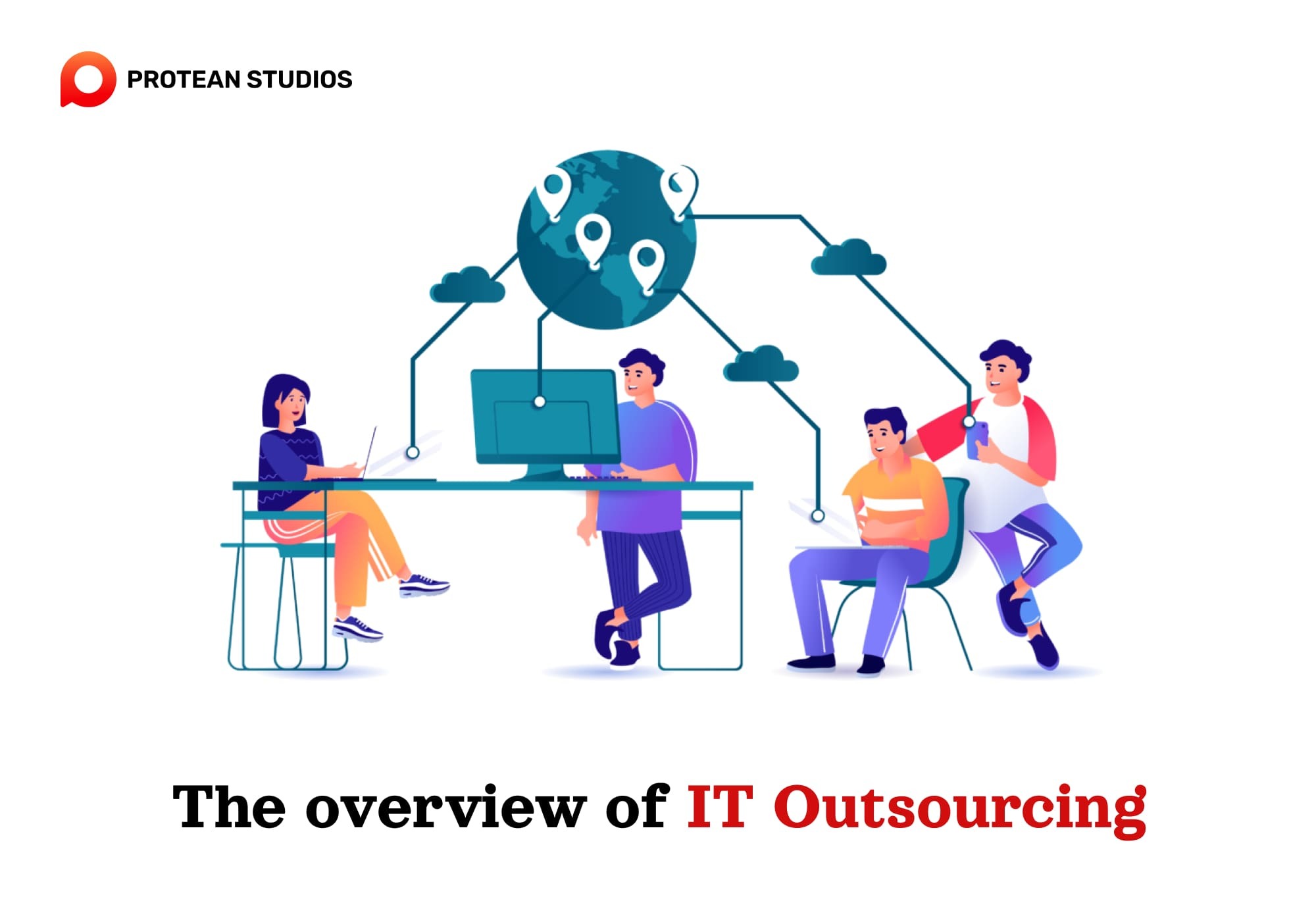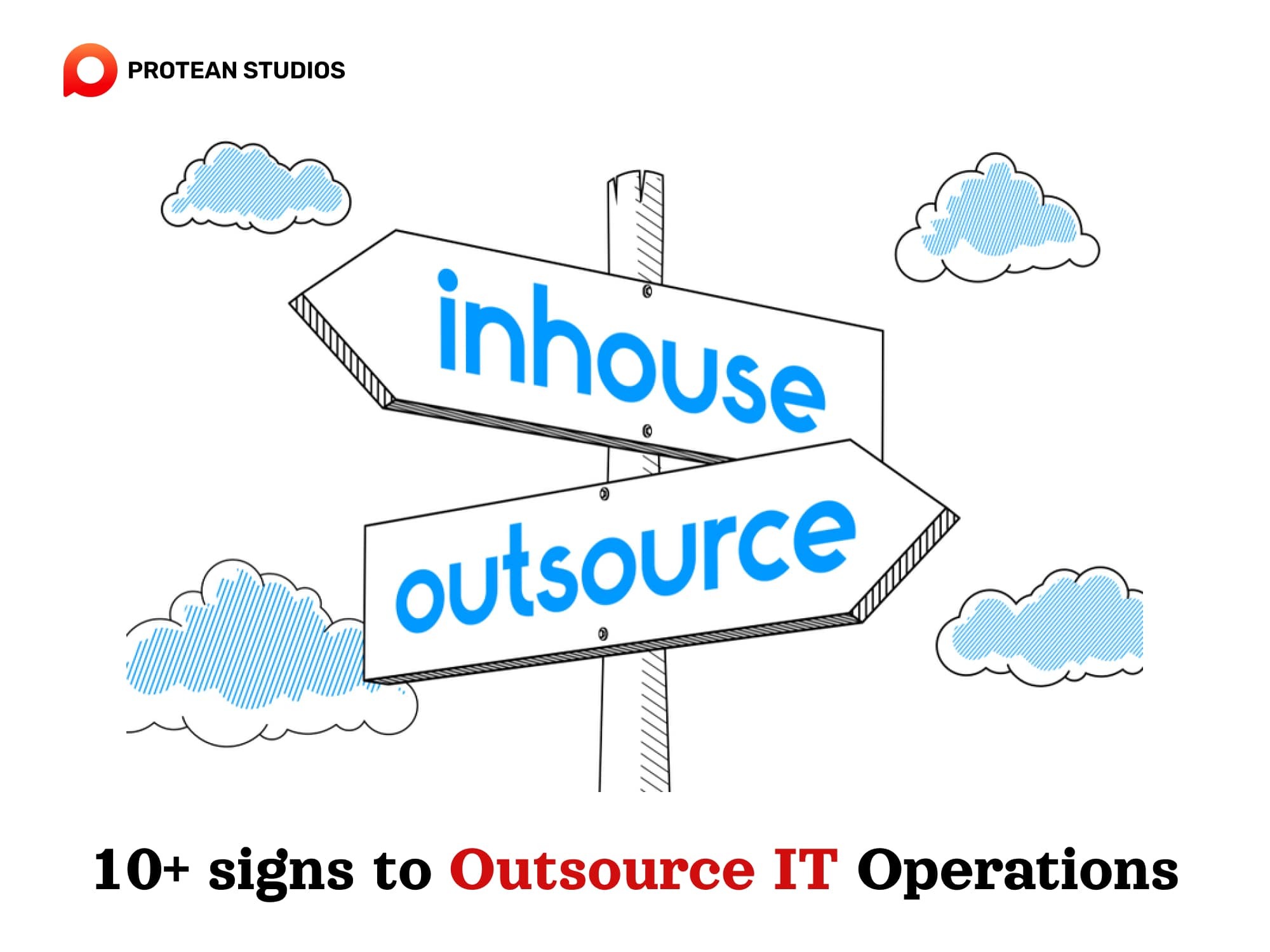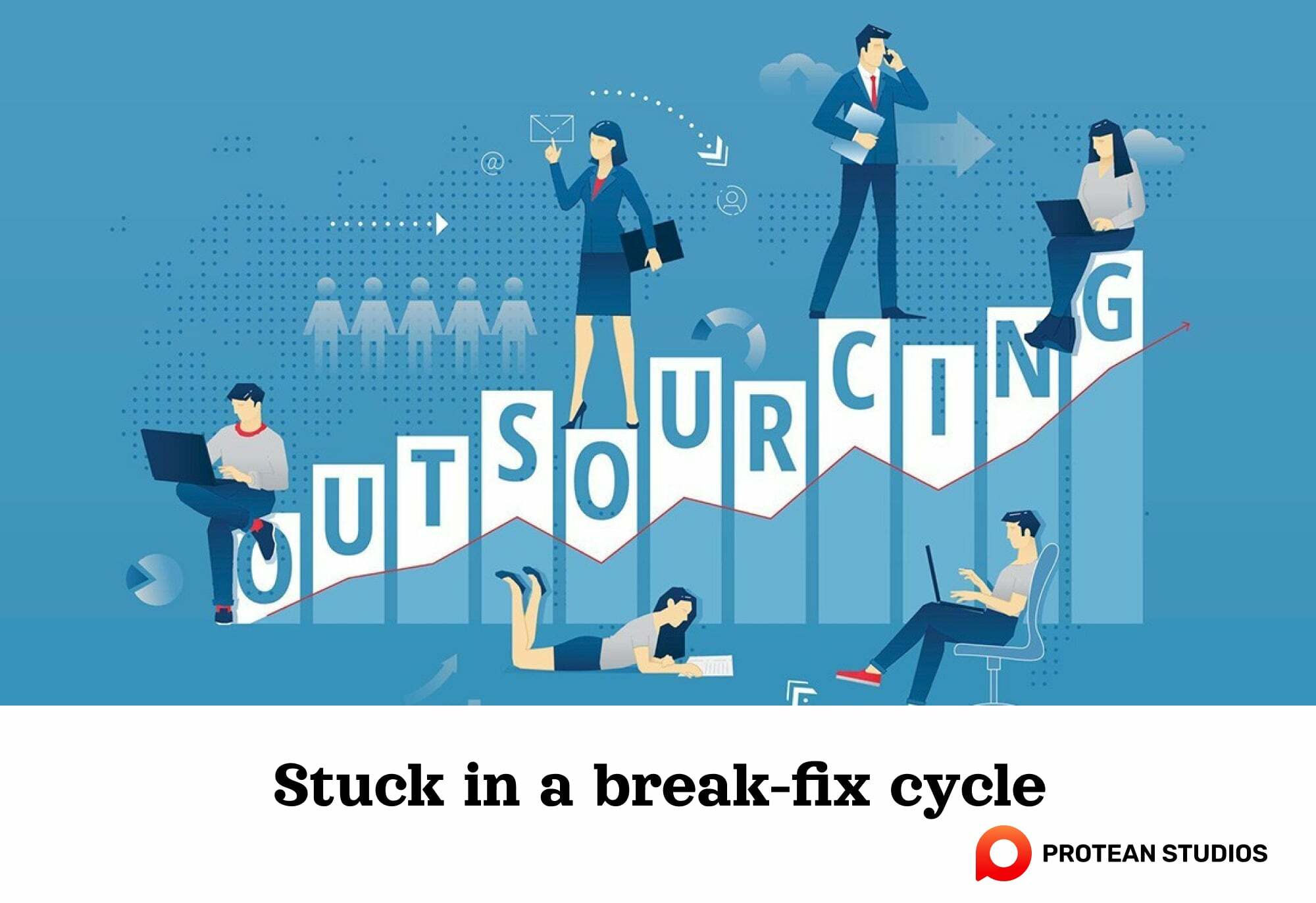In 2024, the IT outsourcing world will shine. It's a special time when technology, teamwork, and a global push for digital progress are coming together. Thus, businesses can now get help from external experts. This is a crucial moment where companies and outsourcing partners work win-win. They can use the latest technology and outside teamwork to move businesses forward. This guide will help you know how to outsource and highlight signs that prove your business is ready to take the outsourcing route.
The overview of IT outsourcing
IT outsourcing is the practice of hiring external service providers to perform various IT functions for an organization. This strategic approach allows organizations to leverage the expertise and capabilities of specialized IT professionals and firms, often located in different geographic locations.
The primary goal of outsourcing activities is to enhance operational efficiency and reduce costs. Especially, access specialized skills that may not be available in-house. Outsourced IT services often include software development, system maintenance, technical support, and data management.

There are many types of outsourcing, as follows:
Onsite outsourcing: The vendor provides personnel who work at your physical location.
Offshore outsourcing: The vendor is located in a different country, often with lower labor costs.
Nearshore outsourcing: The vendor operates in a neighboring country or region, offering both cost savings and cultural similarities.
10+ signs show it’s time to outsource IT operations
Managing IT operations poses a challenge for numerous businesses. Yet, some may not realize that IT outsourcing operations are the best option for them. Here are 10+ signs that show it’s time to outsource IT operations.
1. Unable to find or secure specialized talent
If your business struggles to find the right talent, especially when growing or needing expertise not available in-house, that's a clear signal to consider outsourcing IT. Outsourcing brings in diverse skills and fresh perspectives and can cut down on the costs of hiring and training. This is very useful for small teams and big organizations looking for innovative problem-solving approaches.
Related article: Offshore software development: A global rate comparison
2. Escalating salary expenses
IT salaries are often higher than average in many industries, and they can increase as the demand for IT skills grows. Outsourcing can help you reduce your salary expenses and optimize your IT budget by paying only for the services you need.

3. Overburdened internal resources
If your business lacks the specific expertise or if your in-house IT team is always stretched too thin, it's time to consider outsourcing IT. Outsourcing not only brings in expert knowledge but also relieves internal teams, allowing them to refocus on the core business. This smart move can boost efficiency and enhance your capacity for innovation.
4. Consistently lagging behind
IT is a key driver of business performance and competitiveness in the digital age. If your IT systems are slow, insecure, outdated, or incompatible with your business goals, you might lose your edge in the market. IT outsourcing activity can help you keep up with the latest technologies and best practices.
Read more: Unlocking software development potential through digital transformation
5. Low employee retention rates
Running an IT organization demands dedicated focus and expertise. If your IT employee retention rate is lower than that of a vendor, you struggle to attract top talent, as the best IT experts need a specific environment to thrive. Or you need support from experts with a proven track record in problem-solving across various domains. It's a clear sign that it's time to outsource your IT operations to a reliable vendor.
6. Facing increased complexity
The IT field is becoming more complex and interconnected as new technologies emerge and integrate. If you have many IT systems, platforms, vendors, and partners, managing them can be a daunting task. Outsourcing is a good choice to simplify the IT environment and streamline your processes.
7. Postponing the implementation of new ideas
When your business is struggling to focus on innovative ideas and new features because day-to-day operations take precedence, it's a clear signal to consider outsourcing IT operations. This shift can empower your internal IT team to concentrate on creating solutions that uphold the company's competitive edge.
8. Stuck in a break-fix cycle
If your team feels stuck in a never-ending cycle of fixing issues rather than making breakthroughs, it's a good moment to think about outsourcing IT. Freeing up time from routine tasks allows you to focus on bigger ideas and innovation, such as exploring ways to use data and AI to improve customer experiences or boost revenue. An effective IT partner plays a crucial role, acting as a strategist, integrator, challenger, and champion to help your business thrive in the evolving landscape.

9. Growth is stagnating
IT is a catalyst for growth and expansion for your business. If you are facing challenges or limitations in scaling up your IT infrastructure, resources, or capabilities, you might miss out on new opportunities and markets. Now, outsourcing helps you scale up or down your IT operations as needed.
10. Improving technical debt management is necessary
Technical debt is the accumulated cost of maintaining or upgrading your IT systems over time. If you have a high level of technical debt, it can affect your performance, quality, security, and agility. Thus, you can use IT outsourcing to reduce your technical debt and optimize your IT investments.
11. Key Systems' Uptime and Reliability Fall Below Standards
You need to deliver consistent and reliable service to your customers and stakeholders. If your key systems are unavailable or unreliable, it can damage your reputation and trust. Outsourcing can help you improve your uptime and reliability by providing 24/7 monitoring, support, backup, and recovery.
Enhance your business with IT outsourcing activities.
IT outsourcing activities are the process of delegating some or all your IT functions to a third-party provider. By outsourcing IT activities, you can save on hiring, training, and maintaining an in-house IT staff. Businesses will enjoy the expertise and experience of the provider, who can handle complex and challenging IT tasks. If you want to understand this outsourcing field and how to choose right partners, you can see through the blog: Mastering IT Outsourcing: Key Guidance
In short, these outsourcing activities can enhance your business in many ways, but they also need careful planning and management. You need to choose the suitable provider and define the scope and terms of the outsourcing contract. Then, check the performance and results of the provider and communicate with them. By doing so, you can align your business objectives and expectations with your outsourcing activities.




